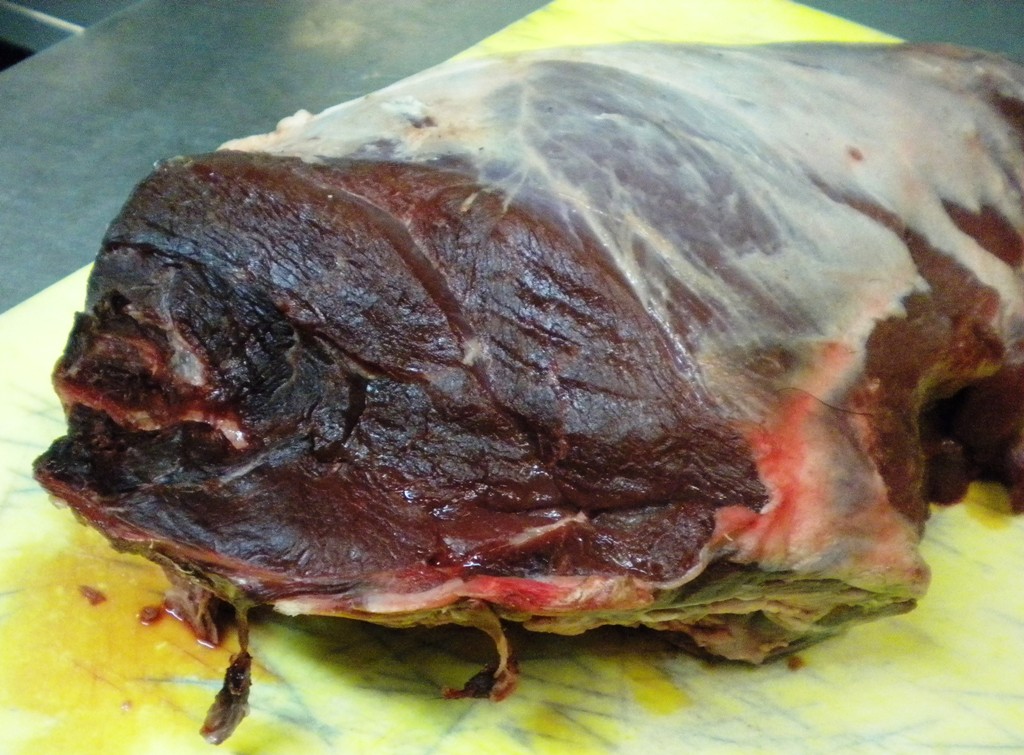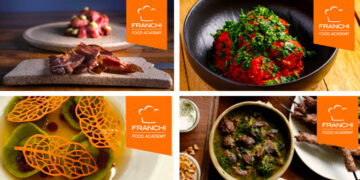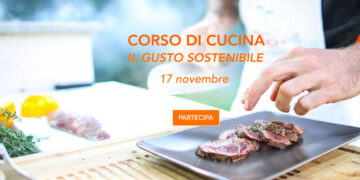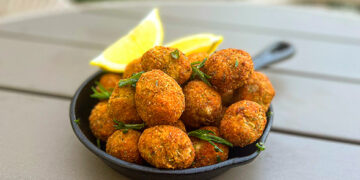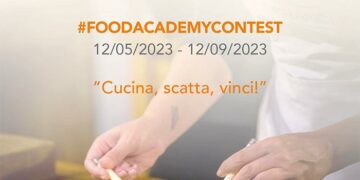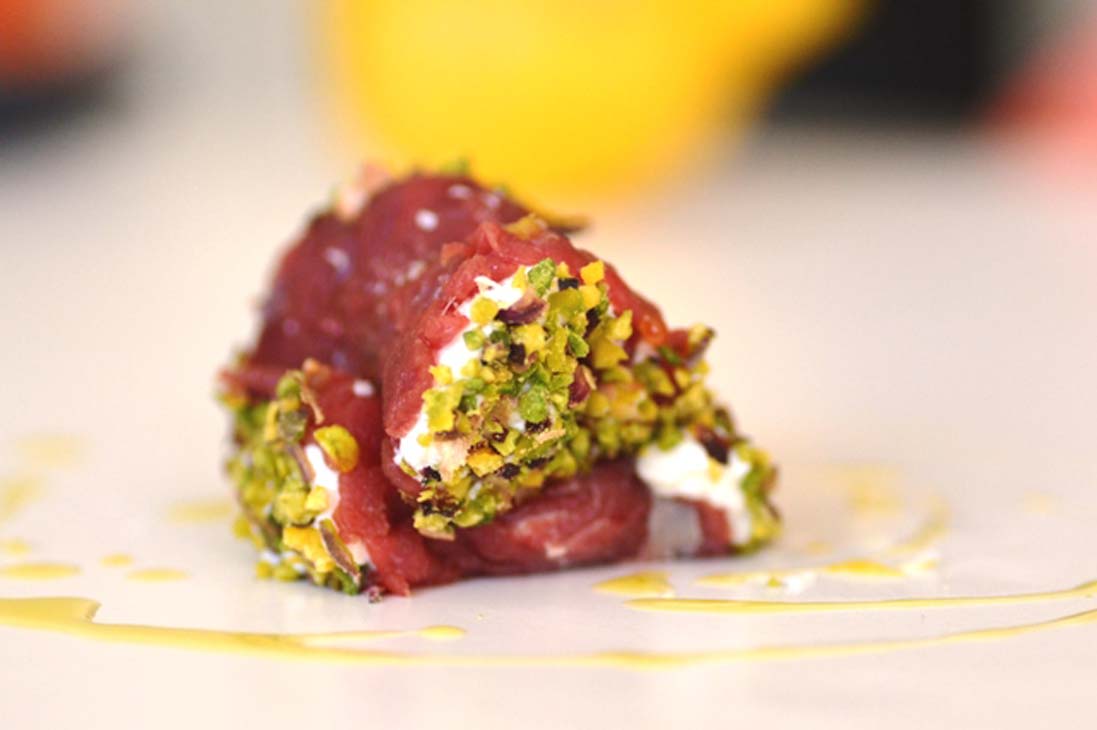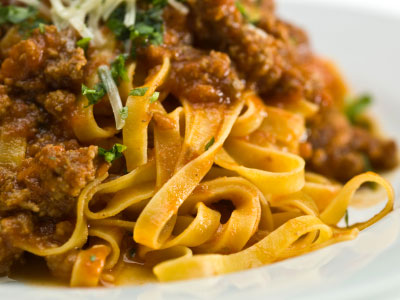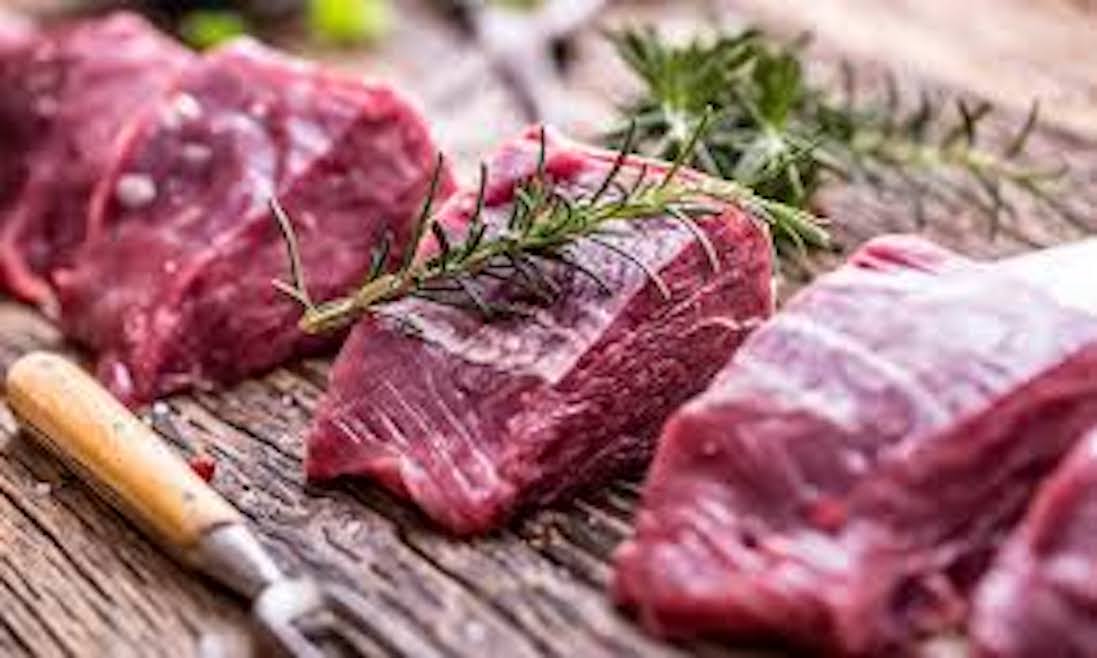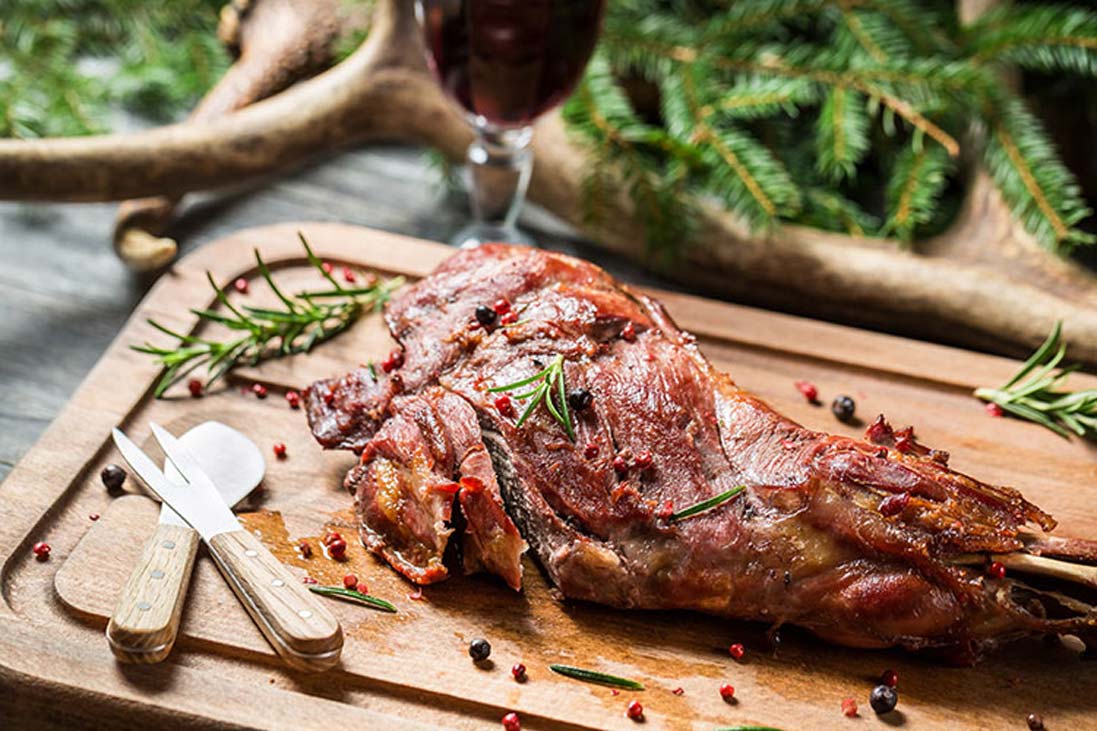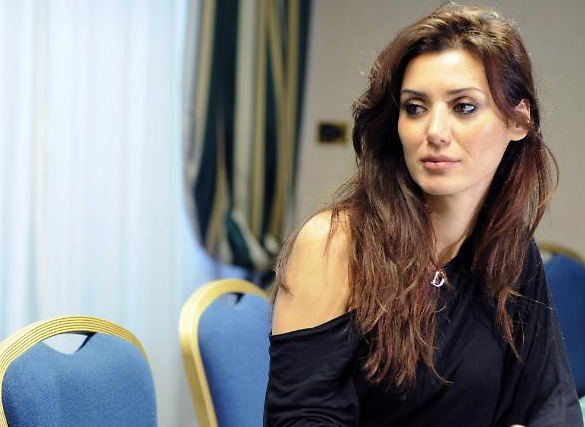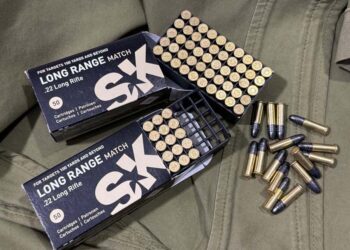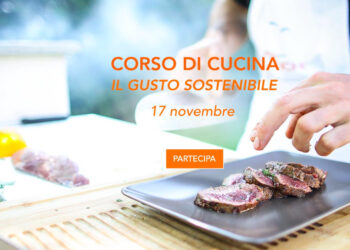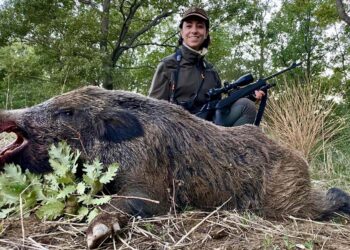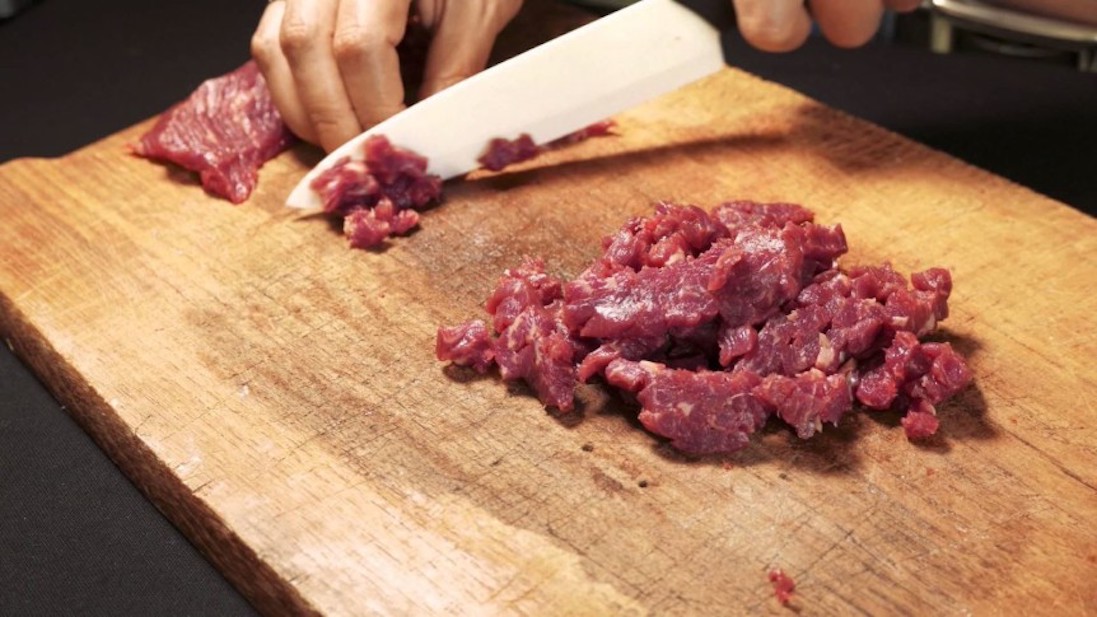
What is maturation
The meat gives game undoubtedly has a particular flavor compared to common meats such as veal, pork and chicken. To ensure that it best expresses the taste and loses its hardness, the maturation is the process of giving the game to the flavor which has always fascinated many consumers.
Aging is essentially a process of maturation of the meat designed to make them softer and more juicy. To do it best you need to follow a few simple rules.
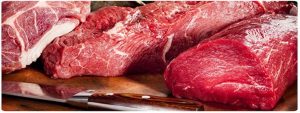
At this point the meat needs a period in which it must undergo a process of softening to facilitate it chewing and above all for improve the taste which initially does not release its particular characteristics.
La maturation must be made in a controlled environment, to guarantee the quality of the meat and above all a product safe for people.
In order for the meat to be able to be consumed, it is necessary to take some precautions and have the right ones attentions. The first thing from avoid Is that of let it dry. If this process is triggered there could beemergence of microorganisms unfavorable that can generate the rot.
To be safe, the maturation must take place in a controlled environment. Here the temperature must be constant it's included between 0 and 4 degrees and with a level of humidity which must be attested sabout 85/90%.
In addition to meat, also the carcass must be treated in the correct way especially with regards to temperature. THE'loweringor it must be gradual and not sudden. The best thing is to create a intermediate stage, where the carcass must reach the room temperature.
Once this lowering has occurred, it can be placed inside the cold room. Again, the lowering must be gradual, until i is reached 3-4 degrees centigrade. Usually it takes about 20 hours to complete the refrigeration well in accordance with the law, so that the temperature reaches 4 ° C also in the part close to the bone of the thigh.
In this way the muscle fibers and tendons, they relax thanks to the action of enzymes acting on protein part of the meat, in this way the muscle fibers which result in an increase in have and juiciness. Lipolytic enzymes, on the other hand, break down fats, forming the typical aroma and flavor of meat.
To ensure the success of the maturation, there are gods essential factors such as low temperature, a high degree of humidity and the right one ventilation of the environment in which the meat was stored. Without these characteristics you can risk making the carcass deteriorate, which at that point would have to be thrown away.
Drying time according to the animals
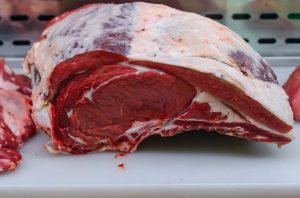
Alternative techniques to classic aging
What we have just described is the technique of classic maturation. Over time, other procedures have developed which, compared to the most used one, have the advantage of being much faster.
A procedure in vogue especially overseas is that of Vacuum. In this case they dry out pieces definitely more small compared to the carcass of the classical process. The smaller pieces can be put inside envelopes for vacuum packing to a temperature between 0-2 ° C for a week or 10 days.
Although this process is more practical, faster and guarantees the tenderness of the meat, according to the most experts it has a worsening of the quality of the meat, compared to the one that is matured on the bone.
Maturation of pork and cattle
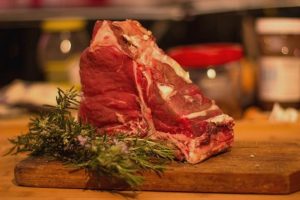
For the cattle, like the Chianina breed, slaughtered among the 16 and 24 months, the ideal period goes from 10 to 20 days, but you can also use longer maturation to have a quality result.
Long aging
In the last period next to modern procedures who want to reduce maturation times to a minimum, join others who have much longer times.
In some cases we speak of proceedings that they range from 90 to 120 days. This is especially suitable for those types that have a qualitative value and that have a thickness of fat that protects the meat during the maturation phase.
Furthermore, these long aging periods allow to obtain qualitatively better meats and extremely safe from a microbiological point of view. In fact, thehumidity of the cell creates on the flesh one mold layer noble which protects it and ripens the flesh. Once the period is over, the dark outer part is eliminated to bring out the underlying one that has retained its bright red color.





